Making the choice between limb salvage and amputation is not only a medical decision—it is an emotional one. For many people, it becomes one of the hardest moments in their lives. It isn’t just about choosing a surgery. It’s about accepting a future that may look very different from what was expected.
Doctors and surgeons will guide patients with facts. They will talk about healing, function, and safety. But the heart and mind need time to catch up. Whether the decision is to keep the limb through complex surgery or to remove it and use a prosthetic, the emotional weight is heavy. Fear, grief, hope, confusion—all of these feelings can show up, often at the same time.
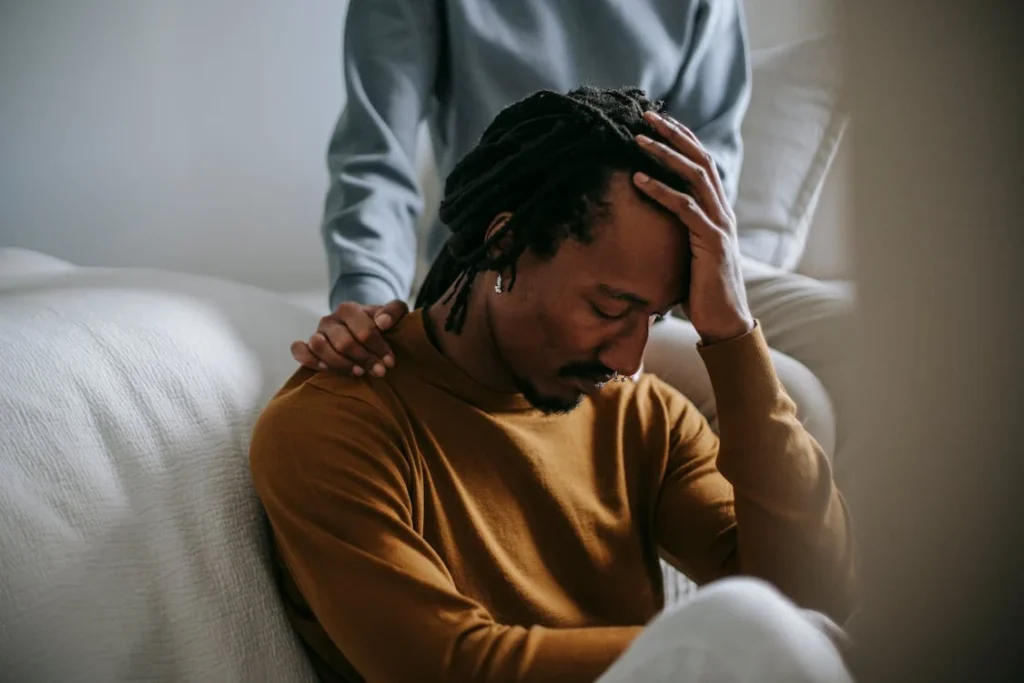
Before the Decision: The Emotional Weight of Not Knowing
When someone is told they might need to choose between saving a limb or removing it, everything suddenly changes. Life doesn’t feel the same anymore.
Days become filled with worry. Nights can be restless. The mind keeps going back and forth, asking “What if?” over and over.
Fear of the Unknown
The first thing many people feel is fear. Not just fear of surgery, but fear of what life might be like afterward. Will I still be able to walk? Will I be able to work? Will people look at me differently? Will I ever feel normal again?
This fear is deep and personal. It touches everything—from the way a person sees their future to how they feel about their body.
Some patients try to stay strong on the outside, but inside, they’re struggling. It’s okay to admit that. Being afraid doesn’t mean being weak. It means being human.
Doctors may explain the medical side in clear terms—how long healing will take, what the risks are, and what the benefits might be.
But these facts don’t always quiet the heart. That’s why it helps to talk. Speaking with a counselor, a loved one, or even someone who has gone through the same decision can lighten that emotional load.
Feeling Rushed or Overwhelmed
Sometimes, the decision has to be made quickly—especially in cases of trauma or fast-growing cancer. That can make things even harder.
There may be very little time to think, and the pressure can feel intense. People worry about making the wrong choice. They wonder if they’re choosing too fast, or if they’ll regret it later.
This emotional overload can affect decision-making. It’s hard to think clearly when your emotions are in chaos.
That’s why it’s so important to have someone calm and clear by your side—whether it’s a doctor who listens, a friend who asks the right questions, or a partner who helps carry the weight of the choice.
Some people also feel guilty during this stage. They feel like they’re letting someone down no matter what they decide. But the truth is, there is no “perfect” decision—only the best one for you, based on your needs, goals, and values.
Holding on to Hope and Identity
Another emotion that often appears is hope—but it’s complicated. Many patients hope to keep their limb, even if the road to recovery is long and painful.
That hope can be powerful. It can keep people going. But sometimes, it can also make the decision harder. It may lead someone to delay a necessary amputation or struggle longer with repeated surgeries that don’t bring results.
This hope is tied closely to identity. People may feel that their body will no longer be complete without a limb. They might worry about being seen differently by others.
They might fear becoming dependent on others or losing their sense of self-worth.
These feelings are real and valid. But they don’t have to last forever. Over time, many people find a new kind of strength—one they didn’t even know they had.
Whether they choose limb salvage or amputation, they begin to see that they are still whole, still valuable, and still themselves.

After the Decision: A New Kind of Grief
Once the decision is made—whether to salvage the limb or go ahead with amputation—there’s often a strange sense of quiet. The rush of hospital tests and doctor visits slows down.
Surgery is scheduled. Plans are made. But inside, the emotions keep shifting. The weight doesn’t always go away after the choice is made. In many ways, it’s just beginning to settle.
Grieving What Was Lost
Grief doesn’t only come after death. It also comes after life changes in ways we didn’t expect. For someone who has gone through amputation, there is often a deep feeling of loss—not just of the limb, but of the life they had before.
There may be sadness about the things they used to do with ease, or fear about what the future holds.
Even in cases where the limb is saved, grief can still show up. The limb may not work the same. There may be pain or stiffness. It may not look like it once did. And this can create a quiet sadness, a kind of mourning for how things used to be.
Some people try to push through this grief quickly. They don’t want to “seem weak” or take up too much space with their feelings.
But this can actually slow down healing. It’s important to let grief be what it is—a natural, human response to a major change.
Talking to a therapist or counselor, even for a few sessions, can help people make sense of what they’re feeling. So can writing in a journal, speaking with a loved one, or even joining a support group where others understand what it means to feel this kind of loss.
Coping with Body Image and Self-Esteem
After surgery, patients often find themselves looking at their bodies differently. This is especially true for those who’ve had a visible change—like a leg amputation or a noticeable scar. Mirrors can become difficult. So can getting dressed, going out in public, or being intimate with a partner.
It’s not just about physical change—it’s about self-image. A person may feel like they’ve lost part of who they are. They may feel ashamed, exposed, or even invisible.
These feelings can sneak up at unexpected moments—a walk past a shop window, a comment from a stranger, or a question from a child.
Surgeons and physical therapists often focus on physical healing. But emotional healing needs just as much attention. Restoring confidence doesn’t come from hiding the change—it comes from learning to live with it.
It takes time, kindness, and patience. Some people find strength through small wins—walking again, trying on a new outfit, or even just looking in the mirror and offering themselves a smile instead of a criticism.
For many, connecting with others who have experienced limb loss or reconstructive surgery is deeply healing.
Seeing someone who lives fully and confidently can spark the realization that change doesn’t have to mean less. It can mean different—and different can still be good.
Relationships and Social Life
Major life changes don’t just affect one person. They ripple through families, marriages, friendships, and even work relationships.
After surgery, patients may worry about how others will react. Will people treat me differently? Will my partner still find me attractive? Will I be a burden?
Sometimes these fears are quiet. Sometimes they become loud. And they often lead to isolation. Patients may pull away from others, avoid social events, or pretend to be “okay” when they’re not.
But connection is essential to healing. Partners, parents, children, and friends can all play a powerful role in helping someone adjust emotionally.
But they may not always know how. That’s why open communication is so important. Sharing fears, needs, and hopes can turn tension into teamwork.
It’s also worth remembering that many people around us are more accepting and loving than we fear. They may not say the perfect thing, but they care deeply. Giving them a chance to show up can make all the difference.
For people who live alone or don’t have close support, reaching out to peer groups or community programs is one way to stay connected. These bonds can become lifelines—steady and strong through the ups and downs.
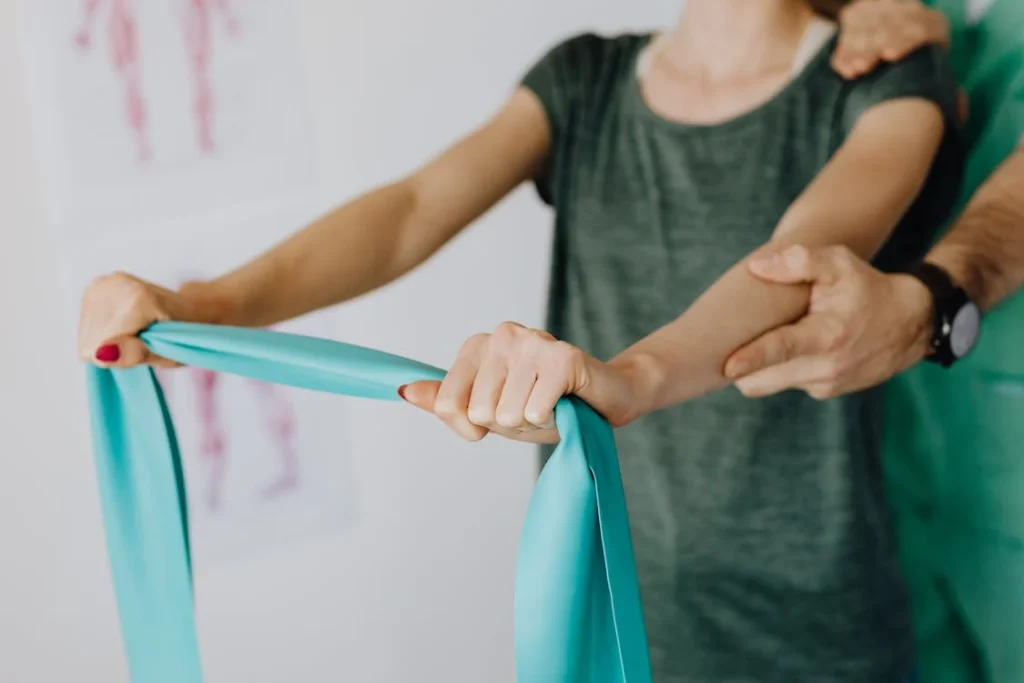
The Emotional Landscape of Recovery
The recovery journey is not just about wounds healing or learning to walk again. It’s also about adjusting emotionally to a life that now includes scars, devices, and sometimes, pain.
The body heals in stages, and so does the mind. For many people, the hardest part is not the surgery itself—but the long, quiet days afterward when the reality begins to settle in.
The Shift in Daily Life
After amputation or complex limb salvage surgery, even the simplest things can feel unfamiliar. Getting out of bed, bathing, putting on clothes, stepping outside—these are all actions that may now take more time, effort, or planning.
For people used to moving through life quickly, this slow pace can be frustrating.
This shift can trigger emotions that surprise people. They may feel helpless one moment and determined the next. They may feel proud of small victories—like standing on their own—but overwhelmed by the long road ahead.
This emotional rollercoaster is completely normal, but without someone to talk to, it can begin to feel like something is “wrong.”
That’s why it’s important to understand that emotional ups and downs are part of recovery, not a failure in progress. Good days and bad days are both signs that you are feeling—and that means you are healing in more ways than one.
Loneliness and the Need for Understanding
Even with loved ones nearby, recovery can feel lonely. Friends and family might try to help, but they don’t always understand what it’s like to lose a limb or live with a limb that doesn’t work the way it once did.
Their intentions are good, but their words may sometimes feel off or distant.
This disconnect can lead to silence. Patients might stop expressing how they really feel. They may smile to avoid awkward questions or say “I’m fine” to avoid explaining everything. But silence doesn’t mean healing—it often means hiding.
One of the most powerful tools during this phase is finding someone who truly understands. This might be another amputee, a person who has been through limb salvage, or even a professional counselor who specializes in medical trauma.
Just knowing that someone “gets it” can lift the weight of isolation.
Joining a support group—either in person or online—can make a big difference. Even reading stories from others who’ve walked a similar path can bring comfort and reassurance.
It reminds people that they are not alone, and that others have found strength, even after great loss.
Rebuilding Confidence, One Step at a Time
Self-confidence after a life-changing surgery doesn’t come back overnight. For many, it comes in slow, quiet moments. The first time they get dressed without help.
The first walk around the block. The first time they look in the mirror and feel proud of how far they’ve come.
These moments matter more than people often realize. They’re not just milestones of recovery—they’re building blocks of identity.
After losing a limb or undergoing major reconstruction, people often ask, “Who am I now?” Every act of independence, every little success, helps answer that question.
Confidence doesn’t mean pretending everything is okay. It means knowing that you can handle whatever comes, even when things are hard. It comes from trying, failing, trying again—and slowly realizing that you’re more capable than you thought.
Patients who receive prosthetics often go through this emotional rebuilding alongside the physical training. At first, using a prosthetic may feel awkward or frustrating.
But with time, support, and guidance, it becomes part of them—a tool that allows freedom, mobility, and pride to return.
For those who’ve had limb salvage surgery, the journey may involve therapy, braces, or long-term rehab. But every bit of progress—no matter how small—reminds them that strength is returning and life is moving forward.
The Role of Rehabilitation in Emotional Healing
Physical rehabilitation is expected after surgery. But emotional rehabilitation is just as important. This is the part of healing where the mind and body start to connect again.
Patients begin to trust their new abilities, accept their changed bodies, and build new routines.
Rehab centers and prosthetic clinics that understand this connection offer more than just exercises. They offer encouragement.
They allow space for frustration. They celebrate progress, no matter how small. And they remind patients that setbacks are part of the process—not signs of failure.
When patients feel supported—not just treated—they heal better. They ask more questions, speak more openly, and feel safer taking on new challenges. Emotional healing thrives in places where compassion is part of care.
Family members and caregivers also benefit when they’re part of the process.
Learning what recovery looks like helps them understand what’s normal, what’s needed, and how to be supportive without taking over. It helps avoid misunderstandings and builds trust on both sides.
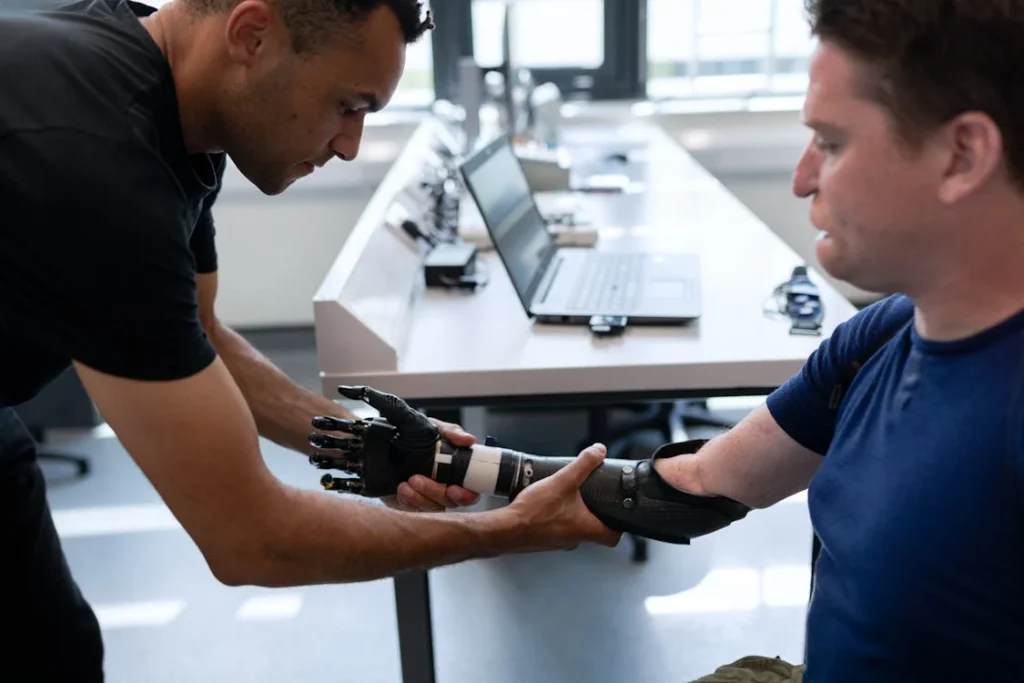
Returning to the World: Facing Social and Work Life After Surgery
Once recovery begins to settle into a rhythm, the next challenge arises—returning to regular life. This doesn’t happen all at once. It’s a gradual process filled with learning, trial and error, and sometimes, fear.
Stepping back into the world after limb loss or a major salvage procedure means more than just showing up—it means redefining what “normal” now looks like.
Going Back to Work or School
For many, the idea of going back to work, school, or even daily errands brings mixed feelings. On one hand, it’s a sign of progress. On the other, it opens the door to questions, stares, and self-doubt.
People wonder if others will treat them differently. Will coworkers see them as less capable? Will classmates whisper or stare? Will employers still give them the same chances?
These worries are not imagined. Society doesn’t always know how to respond to limb difference or visible disability. But the key is not to shrink away from it—it’s to walk into those spaces prepared and supported.
It helps when patients have someone to talk to beforehand—a counselor, social worker, or even a peer who’s already gone through the experience. Roleplaying conversations, rehearsing answers, or just talking through fears can make that first return feel less overwhelming.
Some people choose to share their story. Others don’t. Both are okay. What matters is feeling in control of the moment.
It also helps to communicate with employers or teachers early—letting them know about any physical needs, adjustments, or concerns. When people understand, they’re often more helpful than we expect.
Workplaces and schools are becoming more inclusive. Awareness is growing. There are still challenges, yes—but also growing spaces for support, flexibility, and respect.
Social Life and Personal Relationships
Reconnecting socially is often one of the most emotionally charged steps after surgery. Friends may not know what to say.
Some may pull back, unsure of how to help. Others may act overly careful or overly cheerful, not realizing how that feels to the person healing.
And for the patient, there can be fear—fear of being seen as different, pitied, or stared at. This fear can make people withdraw, avoiding parties, outings, or even simple coffee with a friend. But this isolation can become its own kind of wound if left unchecked.
The path forward often starts with one small step—one honest conversation with someone trusted. Just saying, “I’m still figuring things out,” can open the door.
True friends show up when they’re given the chance. And new friendships can form when people see not just the limb or the scar, but the strength behind it.
Romantic relationships, too, are deeply affected by limb loss or salvage outcomes. Patients may feel unsure about their bodies, nervous about intimacy, or scared of rejection. These feelings are real, and they deserve space.
But many relationships grow stronger through this process, built on deeper communication, empathy, and resilience. For those seeking new relationships, the journey may feel more complicated—but not impossible. Confidence, humor, and openness go a long way.
Dealing With the Outside World
There will be moments—on the street, in a store, on a bus—when strangers look too long or ask awkward questions. These moments can sting, especially early in recovery.
But with time, people find ways to handle them. Some respond with humor, some with short answers, some with silence. There’s no right way.
What matters is remembering that your story belongs to you. You don’t owe anyone an explanation. But if and when you do choose to share it, it can be powerful—not just for you, but for the person hearing it.
You never know whose mindset you might change by simply showing up as yourself.
People who use prosthetics or walk with assistive devices may become role models without meaning to. Children notice, adults are curious, and conversations begin.
These moments, while sometimes uncomfortable, can also be opportunities for awareness and connection.
Over time, what once felt like a burden often becomes a badge of strength. Not every day will feel that way—but enough of them can, and that’s what keeps people moving forward.
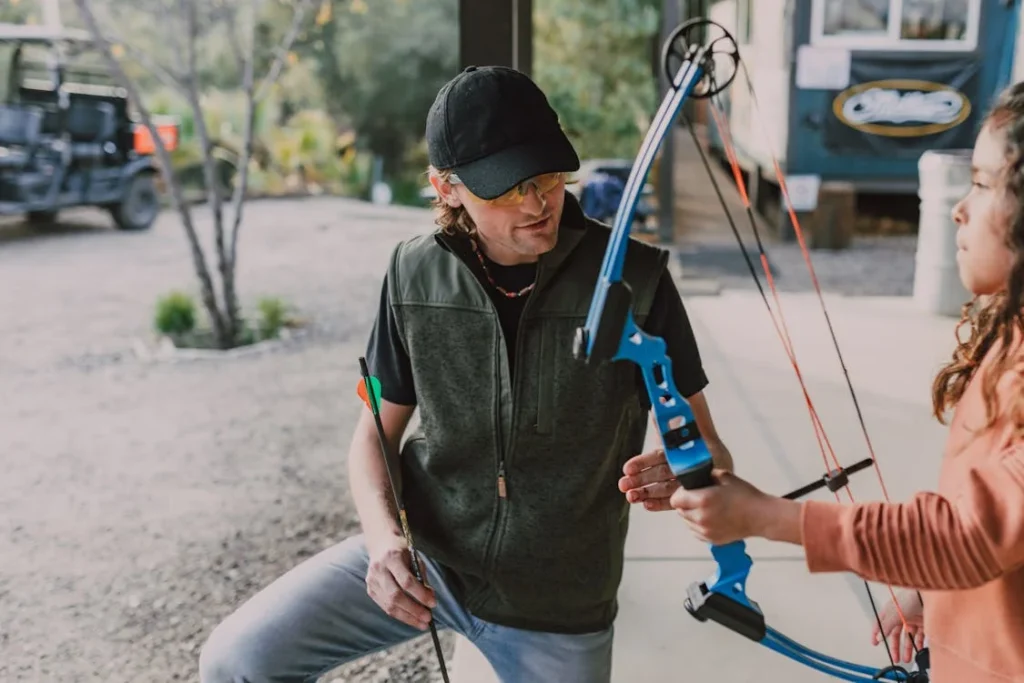
Cultural Beliefs and Family Dynamics: The Hidden Influencers
In many parts of the world, especially in countries like India, medical decisions are rarely made by individuals alone.
The culture, the family, and even the community can play a strong role in shaping how someone feels about their treatment options—especially something as personal as choosing between keeping or removing a limb.
The Influence of Family Expectations
In Indian families, decisions are often made as a group. Parents, siblings, and even extended relatives may be involved in hospital visits and conversations with doctors.
While this can provide a strong support system, it can also complicate the emotional process. Sometimes, patients feel torn between what they want for themselves and what their family believes is best.
For instance, some family members may insist on limb salvage, even if it means a longer, more painful recovery, because they associate amputation with disability or social stigma.
Others might push for amputation if they fear ongoing surgeries will be too costly or too risky. In either case, the patient may feel caught in the middle—trying to respect their family’s wishes while also listening to their own needs.
This pressure can lead to emotional distress, hesitation, or even guilt. Patients may struggle to express their true feelings or feel obligated to go along with a decision they aren’t fully comfortable with.
In these moments, the presence of a counselor, social worker, or neutral advocate can be extremely helpful. They can help mediate the conversation, ensuring the patient’s voice is heard clearly.
Cultural Beliefs About Disability and Wholeness
In some communities, losing a limb is still seen as shameful or tragic. There may be concerns about marriage prospects, employment, or social status. People may avoid discussing amputation openly, or even delay treatment out of fear of judgment.
These beliefs run deep, often shaped by decades of cultural storytelling, limited awareness, and lack of visible role models who live well with limb differences.
This adds another layer to the emotional impact. Patients not only have to deal with their own feelings about their body and future—they also carry the weight of how others might see them. This can cause them to hide, deny, or delay necessary care.
Surgeons and care teams who understand these dynamics can offer more compassionate and effective support.
They can share stories of patients who’ve thrived after amputation, introduce peer mentors, or connect patients with support groups where their experience is understood, not judged.
With awareness and sensitivity, families and communities can also grow. Once they see a loved one adapting, walking again, working, and smiling after surgery, their fears often fade.
Education, exposure, and honest conversations slowly replace stigma with acceptance.
Honoring Autonomy in a Shared Culture
There is a balance to be found—between honoring family involvement and protecting the patient’s right to choose. That balance isn’t always easy. But it is necessary for true healing.
When doctors and hospitals involve families in education and counseling, they help reduce confusion and tension. When patients are encouraged to speak honestly—even if their voice shakes—it helps them feel empowered.
And when cultural concerns are respected, but not allowed to silence the individual’s needs, the decision becomes one that can be carried with peace, not regret.
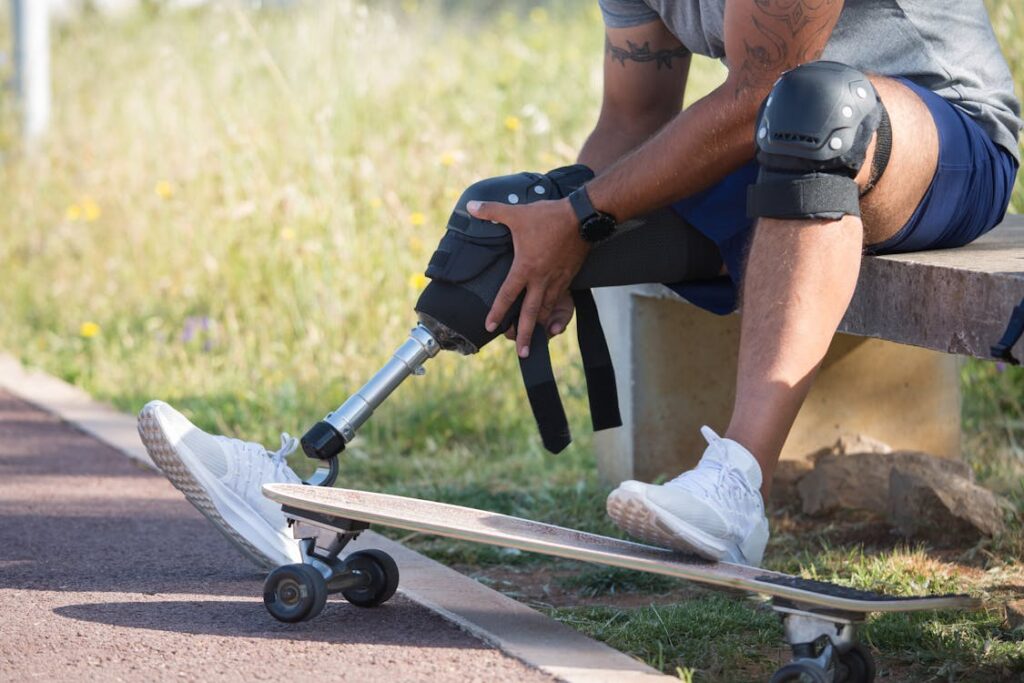
Living With Phantom Limb Sensations: The Mind Remembers What the Body Lost
After an amputation, many people report something strange and unexpected. They still feel the limb that is no longer there. Their foot itches. Their fingers tingle. Their leg feels cramped.
This experience is known as phantom limb sensation, and it’s more common than many expect. For some, it’s mild and fades with time. For others, it becomes a daily reminder of what’s been lost.
When Sensation Becomes Distress
Phantom sensations are the brain’s way of adjusting. Even though the limb is gone, the brain’s map of the body still includes it. Nerves that once carried signals from the hand or leg still try to send messages.
These messages can feel like pressure, cold, heat, or even sharp pain. In many cases, it’s not just the absence of the limb that’s difficult—it’s these ghost-like reminders that feel very real.
Emotionally, phantom limb pain can be exhausting. It often strikes at night, just when someone is trying to rest. It can disrupt sleep, increase anxiety, and bring back the trauma of surgery.
Patients may feel like their body is betraying them, or that something is wrong with their mind. But this is not a sign of mental weakness—it’s a known, neurological response.
Some people hesitate to talk about phantom pain because they worry it sounds strange or imaginary. That silence can increase feelings of confusion or isolation.
When patients are told ahead of time that phantom sensations are normal and treatable, it can make a huge difference in how they cope emotionally.
The Emotional Toll of Constant Reminders
What makes phantom limb pain especially hard is that it’s a quiet burden. Others can’t see it. There are no wounds, no scars—just an invisible sensation that refuses to leave.
For people who are trying to adjust and move forward, this can feel like one more obstacle. They may wonder, “How can I accept what happened if I’m still feeling it?”
Some describe it as a haunting feeling, not just physically but emotionally. It can bring back memories of the accident, illness, or surgery. It can stir up sadness, frustration, and anger. People may feel stuck in a past they’re trying to move on from.
That’s why emotional care is just as important as physical treatment. Knowing how to manage these feelings, and having a safe space to talk about them, allows patients to express fear without shame.
Therapists trained in trauma and chronic pain can help patients separate the sensation from their sense of identity. Over time, they can learn coping techniques that allow them to live with less emotional weight.
Tools for Relief and Emotional Control
Treating phantom limb pain is complex, but it’s possible. Pain medications can help, but they’re not the only solution. Techniques like mirror therapy, where a person uses a mirror to “trick” the brain into seeing the missing limb again, have been shown to reduce both pain and emotional stress.
Mind-body therapies like guided meditation, breathing exercises, and mindfulness can also help calm the nervous system.
What’s most powerful is the sense of control these tools offer. Pain often feels like something happening to someone. When patients learn techniques to manage it, they begin to feel in charge of their own body again.
This shift in mindset is a huge step in emotional recovery.
Prosthetics themselves can also help reduce phantom sensations. Some patients report that wearing their device during the day decreases their phantom pain, possibly because the brain adapts to the new input from the prosthetic socket.
Over time, the presence of the prosthetic becomes familiar and grounding.
The most important thing for patients to know is that they are not imagining it, and they are not alone. Talking about phantom pain and sensations openly can break the silence around this strange but very real experience.
Conclusion
The decision to salvage or amputate a limb is far more than a medical milestone—it is a deeply emotional journey that reshapes how a person sees themselves, their future, and their place in the world. The physical outcomes matter, yes. But what lingers long after the stitches fade is the psychological impact—the fear, the grief, the confusion, the growth.
From the first moment of uncertainty, through surgery and rehabilitation, to the slow return to everyday life, emotions shift constantly. Some days feel strong. Others feel heavy. But every single day is a step toward healing, not just of the body, but of the identity that lives inside it.
Whether someone chooses limb salvage or amputation, what they need most is not just treatment—it’s understanding. They need room to grieve, support to rebuild, and the reminder that their worth was never tied to a limb in the first place.
There is no perfect path. But there is always a way forward. With empathy, patience, and the right guidance, anyone can learn to live fully—even after the hardest choice they’ve ever had to make.



